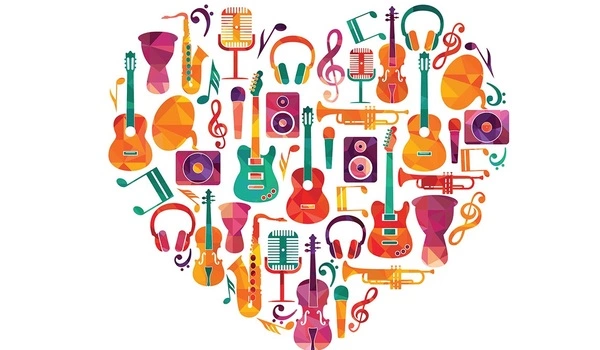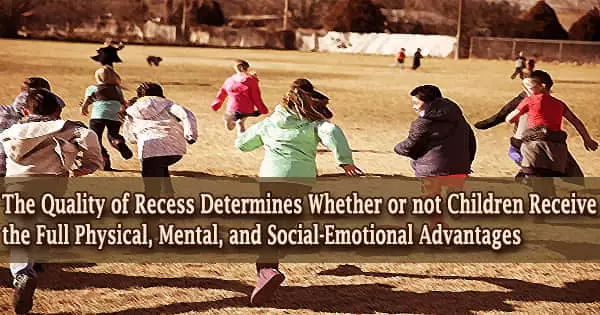Music therapy can be a powerful addition to any stroke survivor’s rehabilitation regimen, and it offers numerous advantages. Music stimulates multiple brain regions, and when included in rehabilitative activities, it can have a significant impact on stroke recovery.
Singing-based rehabilitation can improve patients’ and their families’ language function and psychosocial well-being. Group intervention offers opportunities for peer support while also being cost effective.
Aphasia, a difficulty comprehending or producing spoken or written language caused by a cerebrovascular accident, affects approximately 40% of stroke survivors. One year after the stroke, half of these patients still have language impairment. Aphasia has a wide range of effects on stroke survivors’ ability to function and quality of life, and it easily leads to social isolation.
A recent study conducted at the University of Helsinki found that singing-based group rehabilitation can improve patients’ communication and speech production while also increasing social activity, even in the chronic phase of stroke. The burden felt by family caregivers who took part in the study was also significantly reduced.
“Our study is the first where caregivers participated in rehabilitation and their psychological wellbeing was evaluated,” says Postdoctoral Researcher Sini-Tuuli Siponkoski.
Our study used a wide range of singing elements, such as choral singing, melodic intonation therapy, and tablet-assisted singing training.
Anni Pitkäniemi
Versatile use of music supports recovery
Previous research has shown that even in severe aphasia, the ability to sing can be retained. However, the use of singing, particularly choral singing, in aphasia rehabilitation has received little attention.
“Our study used a wide range of singing elements, such as choral singing, melodic intonation therapy, and tablet-assisted singing training,” Doctoral Researcher Anni Pitkäniemi explains.
Speech production is gradually practiced in melodic intonation therapy by using melody and rhythm to progress from singing to speech production. The rehabilitation sessions in the study were led by a trained music therapist and a trained choir conductor.

New and effective forms of rehabilitation needed
In addition to speech therapy, melodic intonation therapy has been used to some extent in aphasia rehabilitation. Individual therapy has traditionally been used, necessitating a significant amount of resources.
According to the researchers, singing-based group rehabilitation should be used in healthcare as part of aphasia rehabilitation. “In addition to speech production training, group-based rehabilitation provides an excellent opportunity for peer support for both patients and their families,” says Sini-Tuuli Siponkoski.
Music, rhythm, and beat are used in neurologic music therapy to help retrain the brain. This is appealing to stroke survivors because rewiring the brain, formally known as neuroplasticity, is at the heart of recovery.
The brain can make incredible adaptive changes through neuroplasticity, enlisting healthy areas of the brain to control functions that were previously controlled by stroke-affected areas of the brain. This is what gives survivors the chance to regain lost functions. Music can aid in this process, and the advantages of music therapy are numerous and diverse.
















